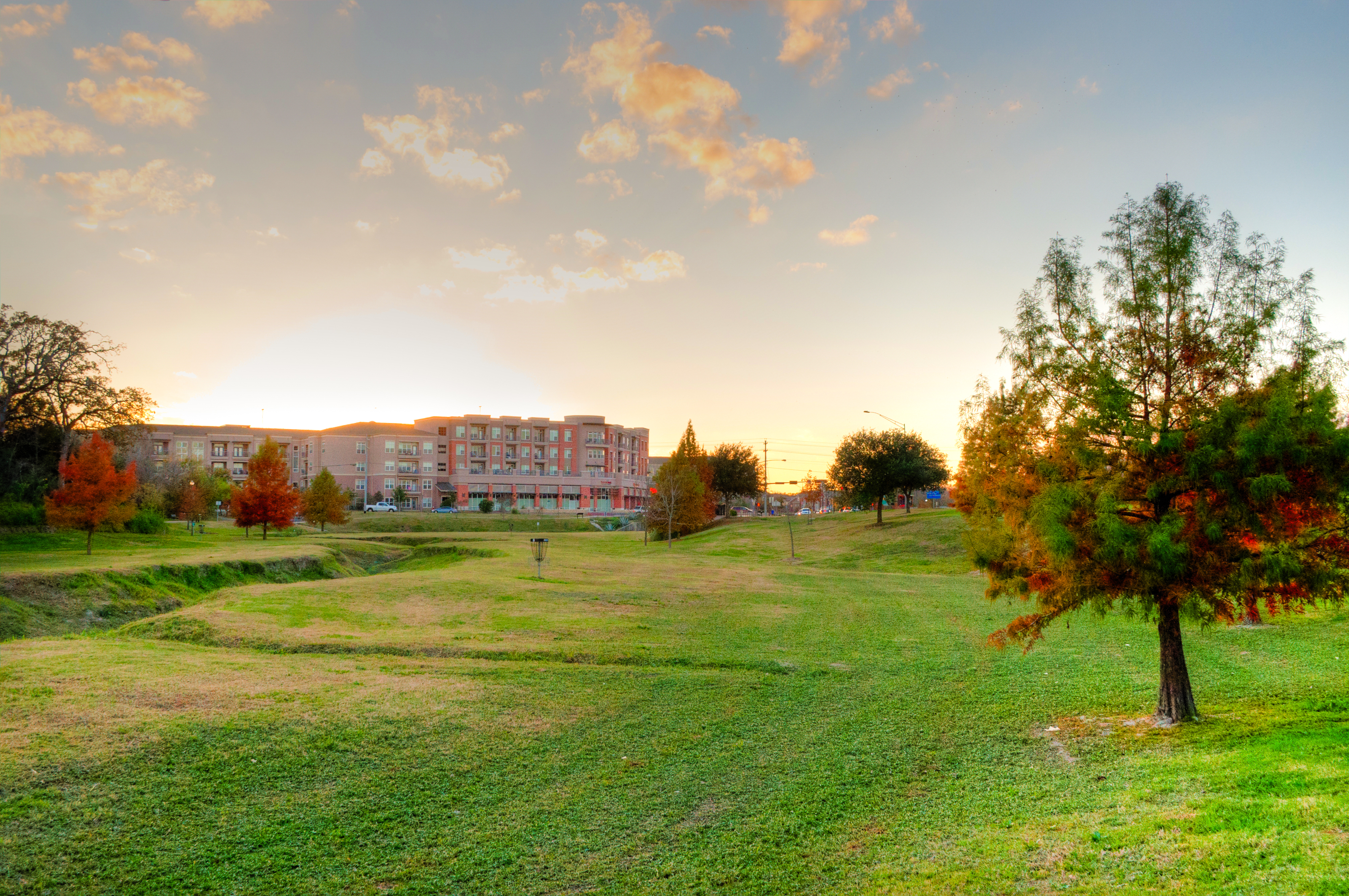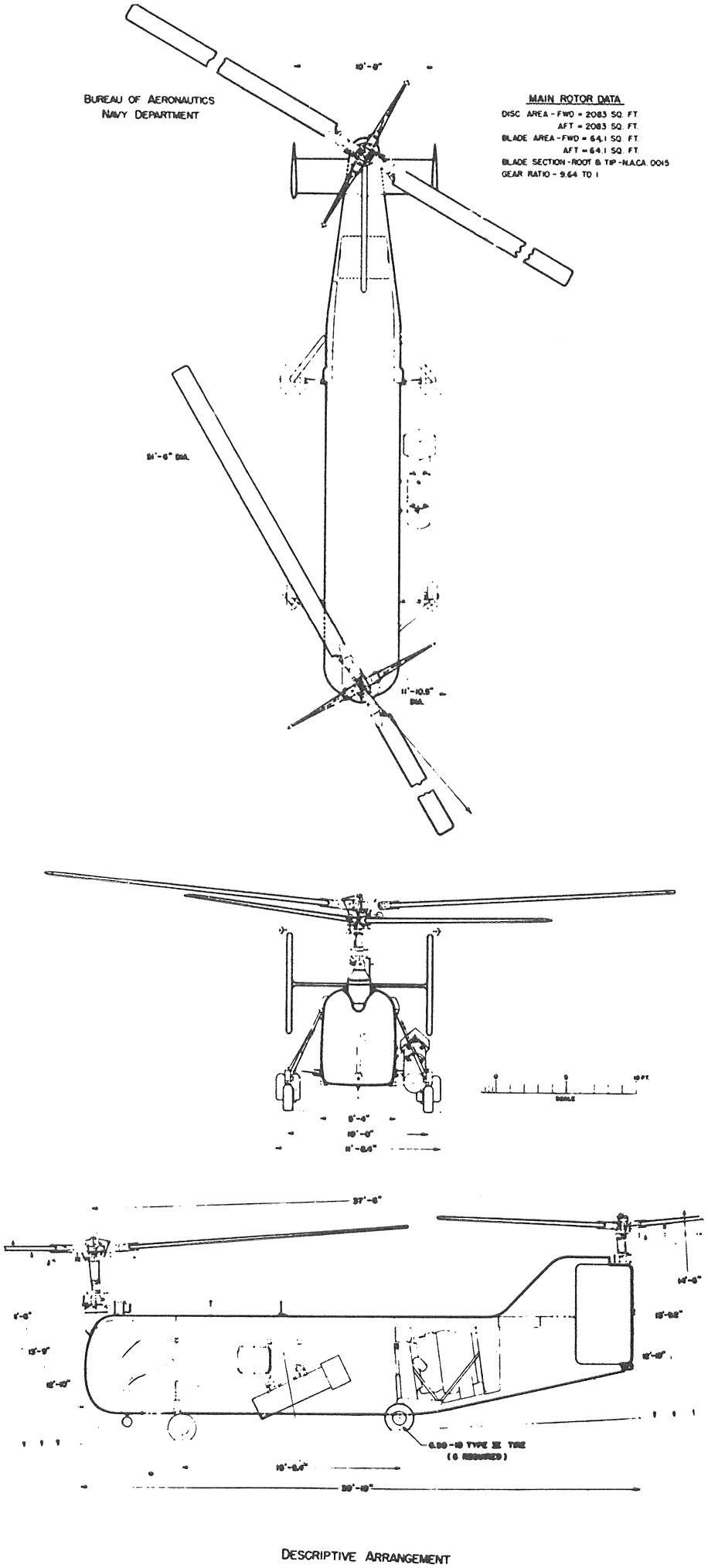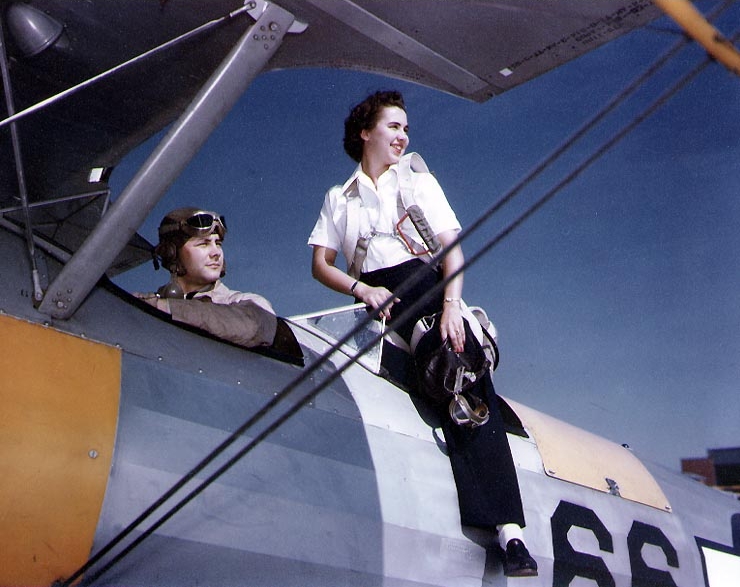|
Hicks Field
Hicks Field (Camp Taliaferro Field #1) is a former World War I military airfield, located North-northwest of Saginaw, Texas. It operated as a training field for the Air Service, United States Army between 1917 until 1920. It was one of thirty-two Air Service training camps established after the United States entry into World War I in April 1917. After the United States' entry into World War I in April 1917, General John J. Pershing invited the British Royal Flying Corps to establish training fields in Texas for the training of American and Canadians volunteers because of its mild weather. After looking at sites in Dallas, Fort Worth, Waco, Austin, Wichita Falls and Midland, three sites were established in 1917 in the Fort Worth vicinity (known as the "Flying Triangle."), those being Hicks Field (#1), Barron Field (#2), and Benbrook Field (#3). Canadians named the training complex Camp Taliaferro after Walter Taliaferro, a US aviator who had been killed in an accident. Cam ... [...More Info...] [...Related Items...] OR: [Wikipedia] [Google] [Baidu] |
Saginaw, Texas
Saginaw is a small city in Tarrant County, Texas, United States, and an Inner suburb of Fort Worth. The population was 24,310 in 2019. Saginaw is a Home rule municipality. History The town was renamed Saginaw in 1882 by Jarvis J. Green (after his first choice of "Pontiac" was rejected by the United States Postal Service), who had lived and worked on Saginaw Street in Pontiac, Michigan. The name Saginaw comes from the Ojibwe language and means "to flow out." It is also the name of a river, a bay, and a city in Michigan. On March 13, 1989, Evergreen International Airlines Flight 17 crashed near Saginaw, killing both pilots (the aircraft's only occupants) on board. Geography According to the United States Census Bureau, the city has a total area of 7.5 square miles (19.4 km), all of it land. Demographics 2020 census As of the 2020 United States census, there were 23,890 people, 8,343 households, and 6,292 families residing in the city. 2010 census According to C ... [...More Info...] [...Related Items...] OR: [Wikipedia] [Google] [Baidu] |
Benbrook Field
Benbrook Field (Camp Taliaferro Field #3) is a former World War I military airfield, located North of Benbrook, Texas. It operated as a training field for the Air Service, United States Army between 1917 until 1919. It was one of thirty-two Air Service training camps established after the United States entry into World War I in April 1917. After the United States' entry into World War I in April 1917, General John J. "Blackjack" Pershing invited the British Royal Flying Corps to establish training fields in Texas for the training of American and Canadians volunteers because of its mild weather. After looking at sites in Dallas, Fort Worth, Waco, Austin, Wichita Falls and Midland, three sites were established in 1917 in the Fort Worth vicinity (known as the "Flying Triangle."), those being Hicks Field (#1), Barron Field (#2), and Benbrook Field (#3). Canadians named the training complex Camp Taliaferro after Walter Taliaferro, a US aviator who had been killed in an accident. ... [...More Info...] [...Related Items...] OR: [Wikipedia] [Google] [Baidu] |
Hicks Airfield
Hicks Airfield is a public use airport located 14 nautical miles (16 mi, 26 km) northwest of the central business district of Fort Worth, in Tarrant County, Texas, United States. The airport is used solely for general aviation purposes. History The present Hicks Airfield opened in 1985. It is located near the former site of the unrelated Hicks Field, a military training field used in World War I and World War II. The original Hicks Field was converted to civil ownership by April 1945 but it fell into disuse by 1976; it was redeveloped into an industrial park by the early 1990s, although a few World War II-era hangars still stood. Facilities and aircraft Hicks Airfield covers an area of at an elevation of 855 feet (261 m) above mean sea level. It has one runway designated 14/32 with an asphalt surface measuring 3,740 by 60 feet (1,140 x 18 m). For the 12-month period ending March 7, 2009, the airport had 31,000 general aviation aircraft operations, an average of ... [...More Info...] [...Related Items...] OR: [Wikipedia] [Google] [Baidu] |
Texas A&M University Press
Texas A&M University Press (also known informally as TAMU Press) is a scholarly publishing house associated with Texas A&M University. It was founded in 1974 and is located in College Station, Texas, in the United States. Overview The Texas A&M University Press was founded in 1974 under the direction of Texas A&M University president and chancellor Jack K. Williams. The first director of the press, Frank H. Wardlaw, had previously helped to establish the University of Texas Press and the University of South Carolina Press. From its founding, the press has operated as a university department, reporting directly to the university president. The press is expected to "further the objectives of the university through publications devoted to advancing knowledge among scholars and to enriching the cultural heritage of the Southwest." The original press offices were destroyed by a fire in February 1979. They were replaced in 1983 with the construction of the John H. Lindsey Building. Th ... [...More Info...] [...Related Items...] OR: [Wikipedia] [Google] [Baidu] |
College Station, Texas
College Station is a city in Brazos County, Texas, situated in East-Central Texas in the heart of the Brazos Valley, towards the eastern edge of the region known as the Texas Triangle. It is northwest of Houston and east-northeast of Austin. As of the 2020 census, College Station had a population of 120,511. College Station and Bryan make up the Bryan-College Station metropolitan area, the 13th-largest metropolitan area in Texas with 273,101 people as of 2019. College Station is home to the main campus of Texas A&M University, the flagship institution of the Texas A&M University System. The city owes its name and existence to the university's location along a railroad. Texas A&M's triple designation as a Land-, Sea-, and Space-Grant institution reflects the broad scope of the research endeavors it brings to the city, with ongoing projects funded by agencies such as NASA, the National Institutes of Health, the National Science Foundation, and the Office of Naval Research. ... [...More Info...] [...Related Items...] OR: [Wikipedia] [Google] [Baidu] |
Anti-submarine Warfare
Anti-submarine warfare (ASW, or in older form A/S) is a branch of underwater warfare that uses surface warships, aircraft, submarines, or other platforms, to find, track, and deter, damage, or destroy enemy submarines. Such operations are typically carried out to protect friendly shipping and coastal facilities from submarine attacks and to overcome blockades. Successful ASW operations typically involved a combination of sensor and weapon technologies, along with effective deployment strategies and sufficiently trained personnel. Typically, sophisticated sonar equipment is used for first detecting, then classifying, locating, and tracking a target submarine. Sensors are therefore a key element of ASW. Common weapons for attacking submarines include torpedoes and naval mines, which can both be launched from an array of air, surface, and underwater platforms. ASW capabilities are often considered of significant strategic importance, particularly following provocative instan ... [...More Info...] [...Related Items...] OR: [Wikipedia] [Google] [Baidu] |
Bell HSL
The Bell HSL (Model 61) was an American 1950s anti-submarine warfare (ASW) helicopter built by the Bell Helicopter company, the only tandem rotor type designed by Bell. Design and development The prototype Bell Model 61 first flew on 3 March 1953; it had been designed to meet a United States Navy requirement for an anti-submarine warfare helicopter. In June 1950, the Model 61 was announced as the winner of the competition, and three XHSL-1 evaluation aircraft were ordered. The Model 61 had a rectangular-section fuselage structure and four-leg, six-wheel landing gear. It was powered by a Pratt & Whitney R-2800 radial engine mounted in the aft fuselage. Crew included two pilots and two sonar operators. Because of the urgency of the requirement, low-rate production was ordered almost immediately after Bell received a contract for three XHSL-1s. The Navy eventually contracted for at least 160 production aircraft, including 18 intended for the British Royal Navy. Bureau Numbers were a ... [...More Info...] [...Related Items...] OR: [Wikipedia] [Google] [Baidu] |
Bell Helicopter
Bell Textron Inc. is an American aerospace manufacturer headquartered in Fort Worth, Texas. A subsidiary of Textron, Bell manufactures military rotorcraft at facilities in Fort Worth, and Amarillo, Texas, as well as commercial helicopters in Mirabel, Quebec, Canada. History Bell Aircraft The company was founded on July 10, 1935, as Bell Aircraft Corporation by Lawrence Dale Bell in Buffalo, New York. The company focused on the designing and building of fighter aircraft. Their first fighters were the XFM-1 Airacuda, a twin-engine fighter for attacking bombers, and the P-39 Airacobra. The P-59 Airacomet, the first American jet fighter, the P-63 Kingcobra, the successor to the P-39, and the Bell X-1 were also Bell products.History of Bell Helicopter . bellhelicopter.com [...More Info...] [...Related Items...] OR: [Wikipedia] [Google] [Baidu] |
P-40 Warhawk
The Curtiss P-40 Warhawk is an American single-engined, single-seat, all-metal fighter and ground-attack aircraft that first flew in 1938. The P-40 design was a modification of the previous Curtiss P-36 Hawk which reduced development time and enabled a rapid entry into production and operational service. The Warhawk was used by most Allied powers during World War II, and remained in frontline service until the end of the war. It was the third most-produced American fighter of World War II, after the P-51 and P-47; by November 1944, when production of the P-40 ceased, 13,738 had been built,Murphy and McNiece 2009, p. 83. all at Curtiss-Wright Corporation's main production facilities in Buffalo, New York. P-40 Warhawk was the name the United States Army Air Corps gave the plane, and after June 1941, the USAAF adopted the name for all models, making it the official name in the U.S. for all P-40s. The British Commonwealth and Soviet air forces used the name Tomahawk for models eq ... [...More Info...] [...Related Items...] OR: [Wikipedia] [Google] [Baidu] |
PT-17 Stearman
The Stearman (Boeing) Model 75 is a biplane formerly used as a military trainer aircraft, of which at least 10,626 were built in the United States during the 1930s and 1940s. Stearman Aircraft became a subsidiary of Boeing in 1934. Widely known as the Stearman, Boeing Stearman, or Kaydet, it served as a primary trainer for the United States Army Air Forces, the United States Navy (as the NS and N2S), and with the Royal Canadian Air Force as the Kaydet throughout World War II. After the conflict was over, thousands of surplus aircraft were sold on the civilian market. In the immediate postwar years, they became popular as crop dusters and sports planes, and for aerobatic and wing walking use in air shows. Design and development The Kaydet was a conventional biplane of rugged construction, with a large, fixed tailwheel undercarriage, and accommodation for the student and instructor in open cockpits in tandem. The radial engine was usually not cowled, although some Ste ... [...More Info...] [...Related Items...] OR: [Wikipedia] [Google] [Baidu] |
Fairchild PT-19
The Fairchild PT-19 (company designation Fairchild M62) is an American monoplane primary trainer aircraft that served with the United States Army Air Forces, RAF and RCAF during World War II. Designed by Fairchild Aircraft, it was a contemporary of the Kaydet biplane trainer, and was used by the USAAF during Primary Flying Training. As with other USAAF trainers of the period, the PT-19 had multiple designations based on the powerplant installed. Design and development The PT-19 series was developed from the Fairchild M-62 when the USAAC first ordered the aircraft in 1940 as part of its expansion program. The cantilever low-wing monoplane with fixed landing gear and tailwheel design was based on a two-place, tandem-seat, open cockpit arrangement. The simple but rugged construction included a fabric-covered welded steel tube fuselage. The remainder of the aircraft used plywood construction, with a plywood-sheathed center section, outer wing panels and tail assembly. The use o ... [...More Info...] [...Related Items...] OR: [Wikipedia] [Google] [Baidu] |
Randolph Field
Randolph Air Force Base was an United States Air Force base located at Universal City, Texas ( east-northeast of Downtown San Antonio). Opened in 1931, Randolph has been a flying training facility for the United States Army Air Corps, the United States Army Air Forces, and the Air Force during its entire existence. On 1 October 2010, Randolph AFB merged with Lackland Air Force Base and the US Army's Fort Sam Houston to form Joint Base San Antonio. Naming Randolph AFB was named after Captain William Millican Randolph, a native of Austin, who was on the base naming committee at the time of his death in a crash. The base served as headquarters of the Air Education and Training Command (AETC) as well as the Air Force Personnel Center (AFPC) and was known as "the Showplace of the Air Force" because of the Spanish Colonial Revival Style architecture in which all structures including hangars were constructed. The symbol of the base was a large water tower atop Building 100, hou ... [...More Info...] [...Related Items...] OR: [Wikipedia] [Google] [Baidu] |







